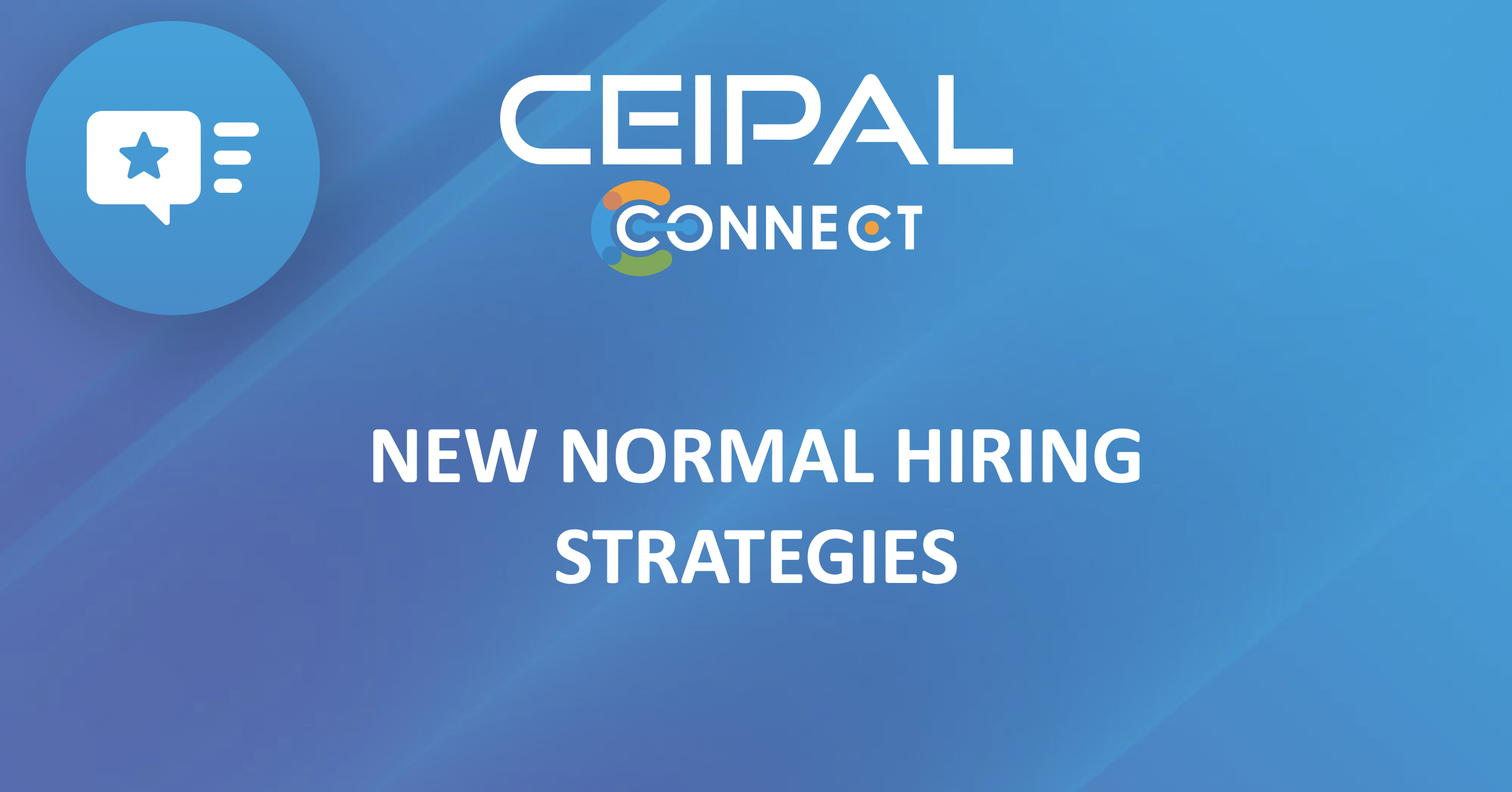The global pandemic has flipped the world on its head and businesses have had to work hard to adapt. In this presentation, James Boshier, Head of Product at Resume-Library & CV-Library, discusses new normal hiring strategies for companies around the world.
Watch the Replay
Presenter: James Boshier (Head of Product, Resume-Library & CV Library)
CV-Library is the UK’s leading independent job board, launched in 2000. CV-Library’s USA sister site, Resume-Library, is one of the fastest-growing job boards in the United States. Both CVL and FL connect thousands of recruiters with millions of candidates every day.
Setting the Scene: COVID-19
In the wake of COVID-19 hiring has undergone a massive shift. CVL & RL spoke with thousands of hiring professionals to gauge how the recruitment industry was responding to the pandemic. They found:
- 83.1% of hiring professionals have made changes to their hiring process
- 83.8% of these professionals think these changes will remain
So what exactly are these changes emerging from the pandemic? Which ones are temporary measures, and which ones are here to stay? And, perhaps most importantly, how can staffing agencies and recruiters stay ahead of industry trends to ensure they still have access to today’s top talent?
Recruiting Today: What You Need to Know for New Normal Hiring Strategies
To develop new normal hiring strategies, you have to understand them. Responding to the rapid changes in our workforce, each step in the recruitment process is adopting new best practices and protocols, making recruitment more dynamic than ever before.
Here’s a brief overview of how each step has changed.
Sourcing Candidates
- Taking advantage of a wider pool of talent. Because almost every business now uses a remote model, recruiters are no longer limited by geography. Instead, they can source their ideal candidate, regardless of location, leading to a much wider and more diverse talent pool.
- Taking a proactive approach to candidates. The flip side of this wider pool of talent is that competition for the top candidates is more intense than ever. Skill sets which are high in demand are now being courted by more employers, which means recruiters will need to be more proactive in engaging their candidate of choice.
- Understanding that cultural fit still matters. It’s tempting to think that cultural compatibility between candidate and company is less important, now that everyone is out of the office. The truth is, it’s more important. Remote work requires spot-on collaboration to succeed, so candidate cultural fit will continue to be a top priority.
Job Advertising
In order to engage (and capture) top-tier talent, recruiters will need to be more strategic in their job advertisements. In fact, almost 50% of hiring professionals have amended their job adverts to acknowledge the pandemic.
Showing how you’re adapting, whether by conducting video interviews or working remotely, will be critical to courting talent. A few key strategies to implement include:
- Manage vacancies without leaving your ATS. Efficient workflows are essential to staying on top of hard-to-reach candidates.
- Automatic job sharing. Save time by automatically sharing jobs on +100 career sites.
- Brand your job postings. A good brand will attract a good candidate. Ensure your job postings are branded and typo-free.
- Consider pay for performance. To increase visibility for your opening, take advantage of PPC campaigns.
Conduct Video Interviews Effectively
Obviously, in a time of remote work, face-to-face interviews are not an option. But video interviews often don’t have that “personal touch,” which is so critical to making a hiring decision. Here are a few ways to successfully conduct video interviews, so you’re bringing the right people on your team.
- Treat it like you would a normal interview. Say hello, introduce yourself, and make a bit of small talk. Acknowledging that the video interview is abnormal will put everyone at ease and make for a more productive conversation.
- Prepare your candidates in advance. Make sure your candidate knows how to log on and what to expect. Is this a group interview? Will you record it? Being considerate of your candidates through the interview process will help set your company apart.
- Think carefully about the questions you’re asking. Every candidate has a prepared answer to questions like, What was the greatest challenge you’ve faced and how did you overcome it? or What is your greatest strength? To truly find the best fit for your company, ask intentional and out-of-the-box questions, so you can discover how that candidate thinks.
Onboarding New Employees
Onboarding is one of the trickiest things to complete remotely—but it’s also one of the most important. To help onboard during the pandemic, 20.3% of companies are investing in virtual onboarding technology (like Ceipal’s). A few other tips include:
- Onboarding starts the second an offer is accepted. 50% of all employee turnovers occur within the first six months on the job. That means that 50% of employees leave due to bad onboarding and training. Engaging employees from the first second they’re on your team is the right way to make an excellent first impression.
- Give new hires the tools & resources they need. Especially in a time of remote work, where new employees can’t ask causal questions around the office, providing employees with every company resource is critical. Otherwise, that employee has no way of knowing how the company operates or who to ask for help.
- Ensure every new hire has a clear training and onboarding plan. Simply putting your employees in a series of meetings is not the same as training & onboarding them. Sit down with your employees and map out your expectations for the first month, three months, and six months.
To learn more about new normal hiring strategies during the pandemic, download Resume Library’s whitepaper here.











